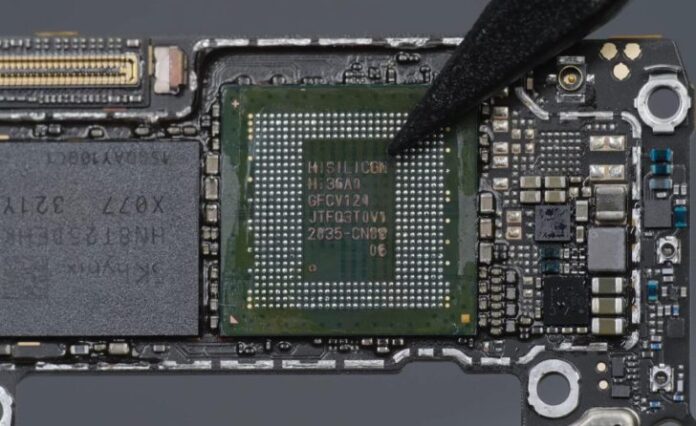
The U.S. sanctions did not impede the progress of Chinese semiconductor manufacturer SMIC in mass producing the Kirin 9000S, which is now found in Huawei’s flagship, the Mate 60 Pro, though it is no secret that its 7nm process is several generations behind the most advanced node. However, a report states that with the latest SoC launch, China is at most four years behind, and the export controls executed by the United States intended to keep the region up to 10 years behind in the chip race.
SMIC is still in a precarious predicament, as it needs more advanced machinery to progress beyond the 7nm lithography
The materialization of the Kirin 9000S is being viewed as a major threat by the U.S. authorities, but there are growing concerns in China too, regarding the development of more advanced chips. According to Bloomberg, it is becoming increasingly difficult for the country, and by extension, SMIC, to procure advanced extreme ultraviolet lithography equipment (EUV). This kind of machinery costs millions of dollars to produce, years to perfect and is made by a Dutch firm, ASML.
Unfortunately, ASML is barred from selling China this equipment, forcing the latter to search for alternatives. At most, SMIC can take advantage of DUV or deep ultraviolent lithography machines to continue its chip development adventures. DUV works similarly to EUV but employs the use of radiation with larger wavelengths to produce chips that lag behind in the cutting-edge department.
These machines are what made it possible to mass produce the Kirin 9000S powering the Mate 60 Pro’s innards, but it is possible that SMIC might have run into a brick wall here. At most, Chinese buyers could stockpile the existing machinery and other paraphernalia from ASML, but with these companies no longer providing maintenance and other services, progressing beyond the 7nm limit might become a mountain to climb.
To make itself self-reliant, particularly from the U.S., the Chinese government has reportedly laid out plans to spend more than $150 billion in its domestic semiconductor sector from 2014 to 2030, with its ultimate goal being mass producing 70 percent of the silicon required for smartphones, automobiles, computers, and other products. Peter Wennink, CEO of ASML, has voiced against the export controls placed by the U.S. on China. The chief executive states that the more pressure the Chinese government is under, the more their efforts will ramp up.
Regardless, industry watchers have hailed SMIC’s Kirin 9000S feat as nothing short of extraordinary, as the entity made an entire smartphone SoC with the U.S. sanctions breathing down on its neck.
WccftechContinue reading/original-link]




